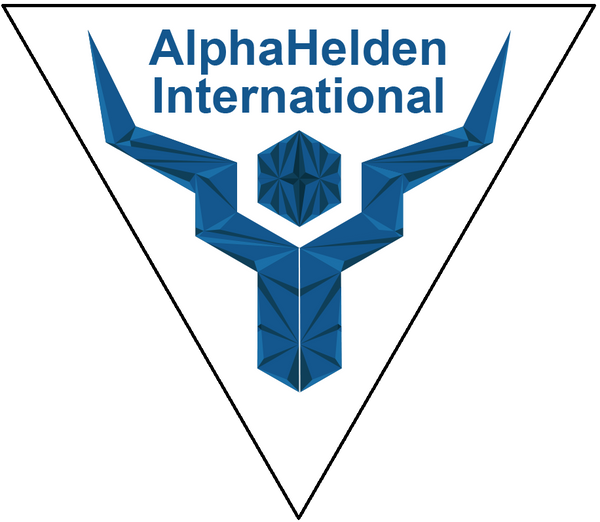
Comparison Between 3-Axis and 5-Axis Machining
Share
In CNC machining, 3-axis and 5-axis machining centers are among the most commonly used tools by manufacturers. Here’s a comparison of their key features and applications:
3-Axis Machining
- Movement: The 3-axis CNC machine operates along three linear axes: X, Y, and Z. The X-axis moves left to right, the Y-axis moves front to back, and the Z-axis moves up and down.
- Applications: Due to its versatility, efficiency, and precision, 3-axis machining is widely used across various industries. It is capable of producing complex geometries and contours, such as those found in molds, dies, and many machined parts. This makes it suitable for high-volume production with minimal human intervention.
- Materials: 3-axis machines are used to precisely cut materials like wood, metal, glass, and other construction materials, making it possible to create custom pieces that fit specialized designs or structures.
- Advantages: The 3-axis machine is ideal for simpler tasks and parts that do not require machining from multiple angles in a single setup. It is cost-effective and reliable for a wide range of manufacturing needs.

5-Axis Machining
- Movement: In addition to the three linear axes (X, Y, and Z), a 5-axis CNC machine includes two additional rotational axes (A and B). The A-axis rotates around the X-axis, and the B-axis rotates around the Y-axis, allowing the workpiece to be manipulated in more complex ways.
- Applications: 5-axis machining is particularly beneficial for industries like aerospace, oil and gas, and medical devices, where complex, multi-sided parts with intricate details are required. The additional axes allow for greater precision and the ability to machine complex shapes in a single setup.
- Materials: Similar to 3-axis machines, 5-axis machines work with a wide range of materials but are especially advantageous when working with parts that require intricate detailing and high precision.
- Advantages: The primary benefit of 5-axis machining is its ability to reduce setup time by allowing multi-sided machining in a single operation. This not only increases accuracy but also saves time, making it ideal for producing highly complex parts.

Choosing Between 3-Axis and 5-Axis Machining
-
Production Needs: The choice between 3-axis and 5-axis machining largely depends on the complexity and precision requirements of the parts being produced.
- 3-Axis: Best suited for simpler components that do not require machining from multiple angles in one setup. It is effective for producing high-quality parts with less complexity.
- 5-Axis: The preferred choice for manufacturing complex, multi-sided parts in a single setup, especially when intricate details and high precision are critical.
Evaluating your production needs, including the complexity of the parts, required precision, and setup time, will help determine whether a 3-axis or 5-axis CNC machine is the right tool for the job.
